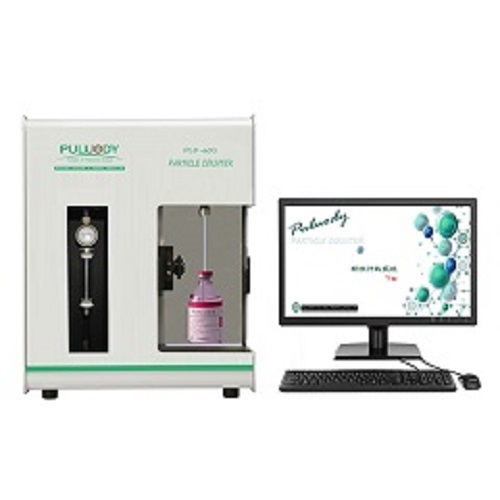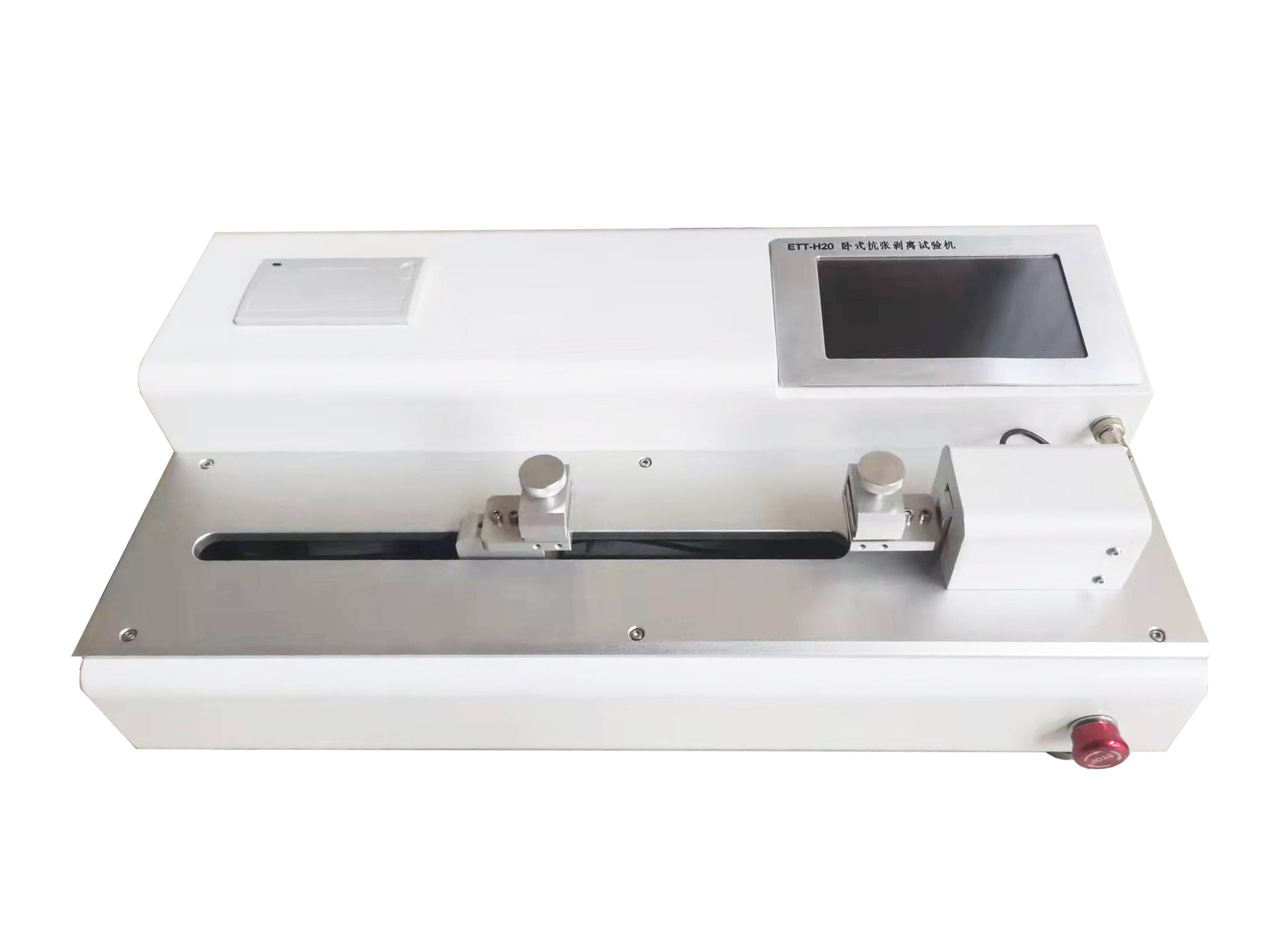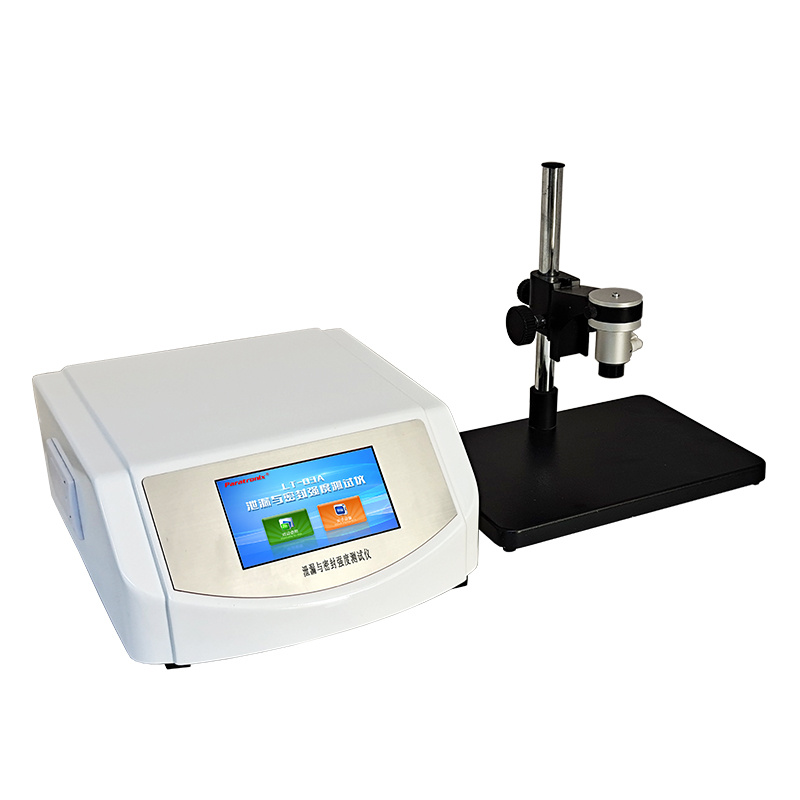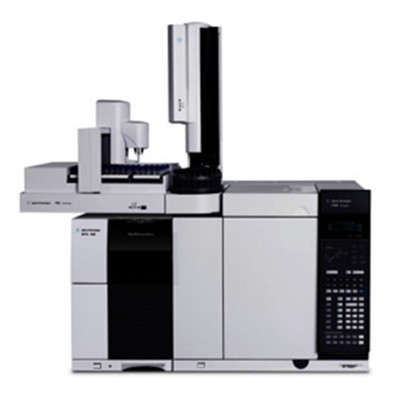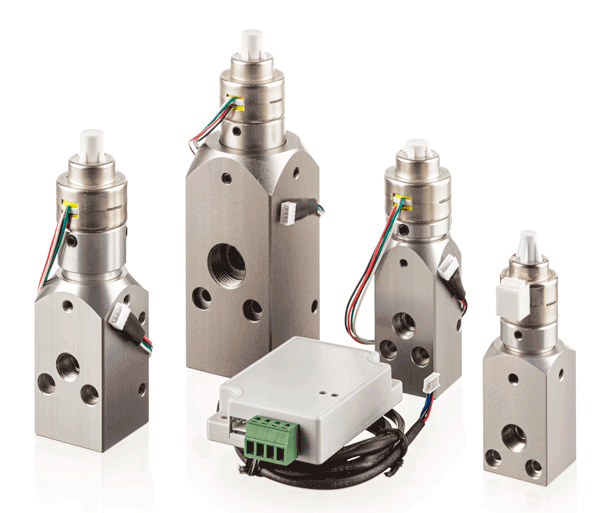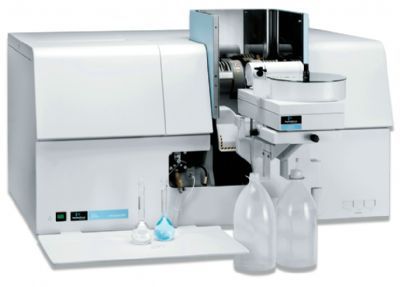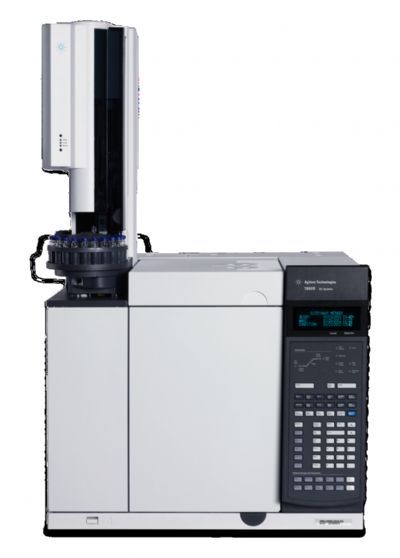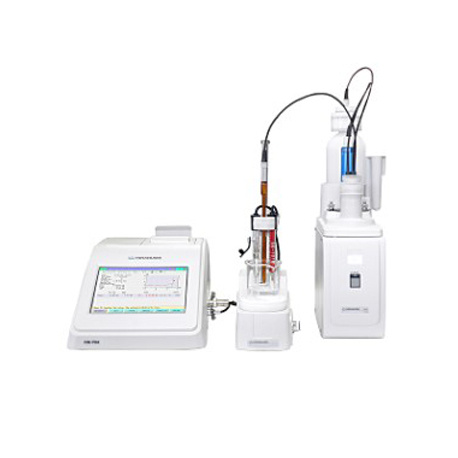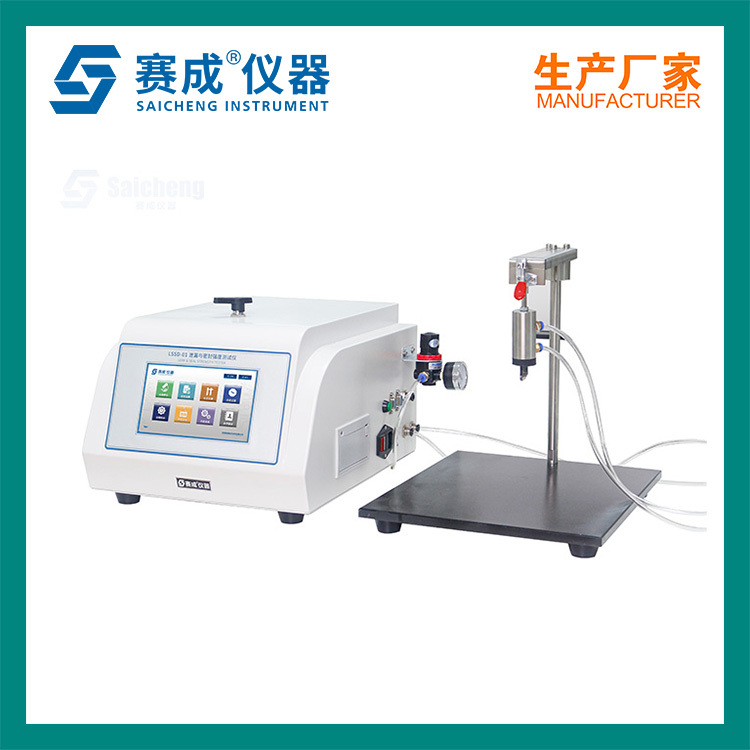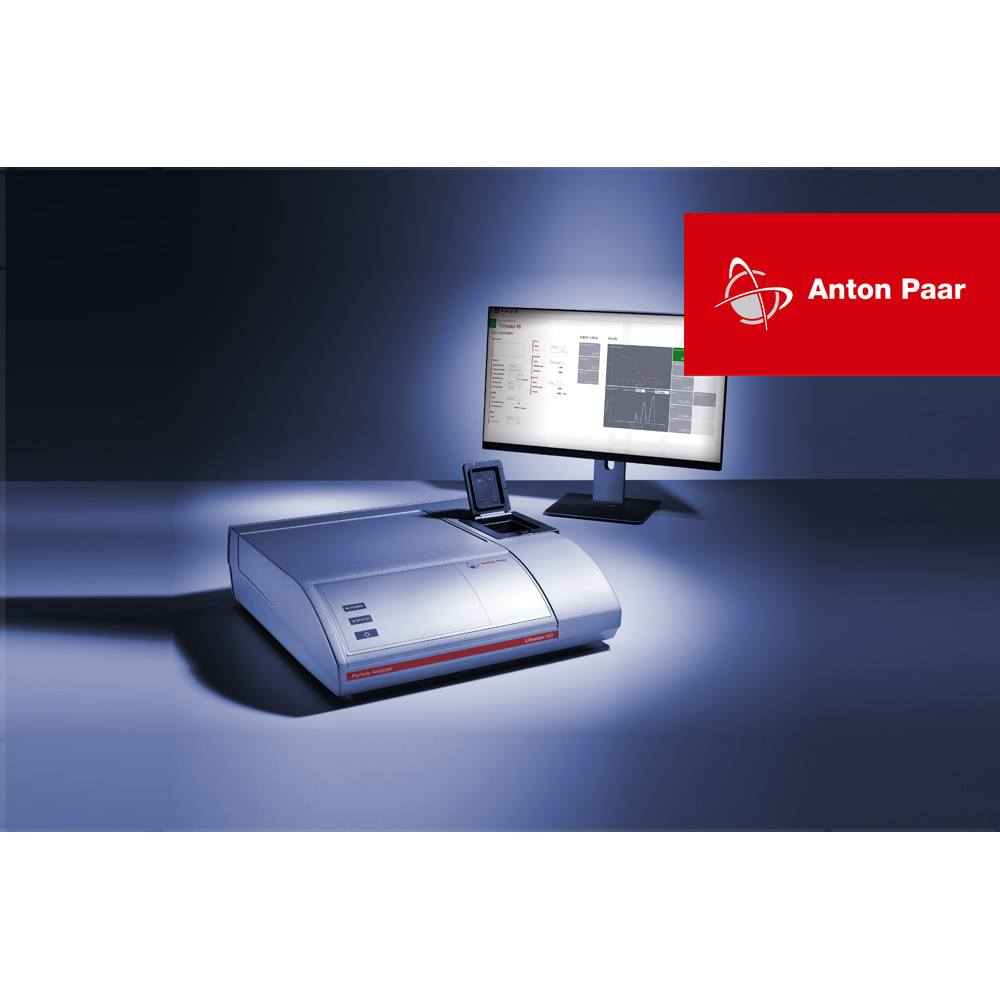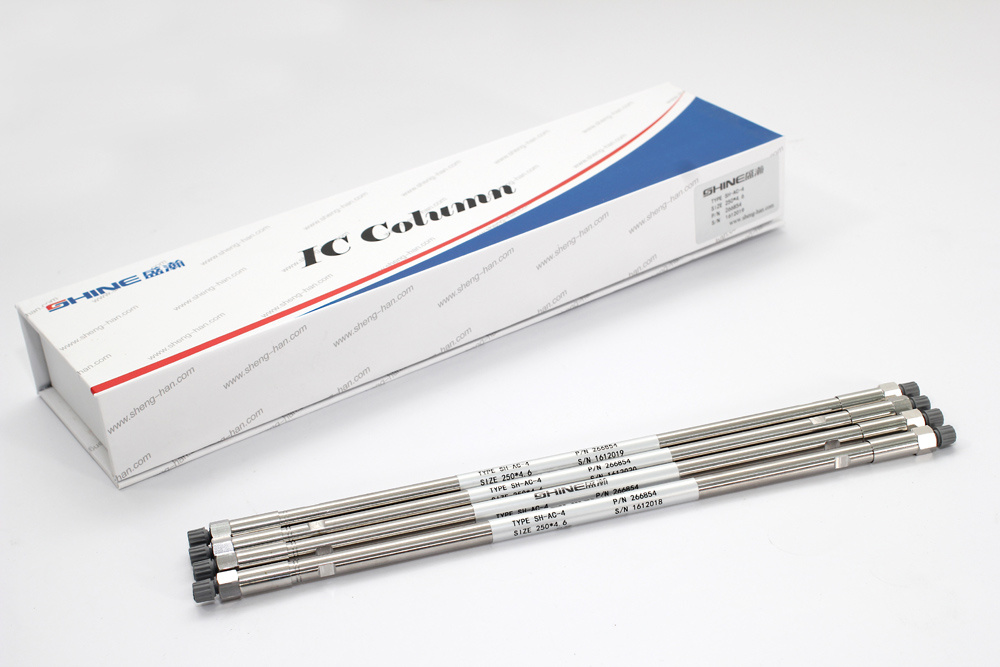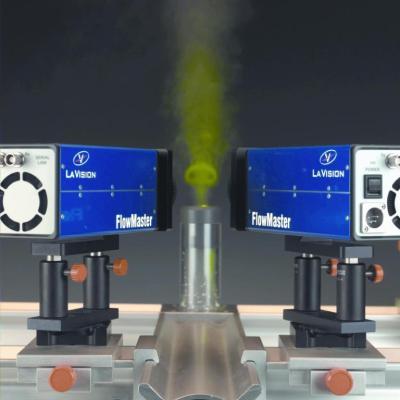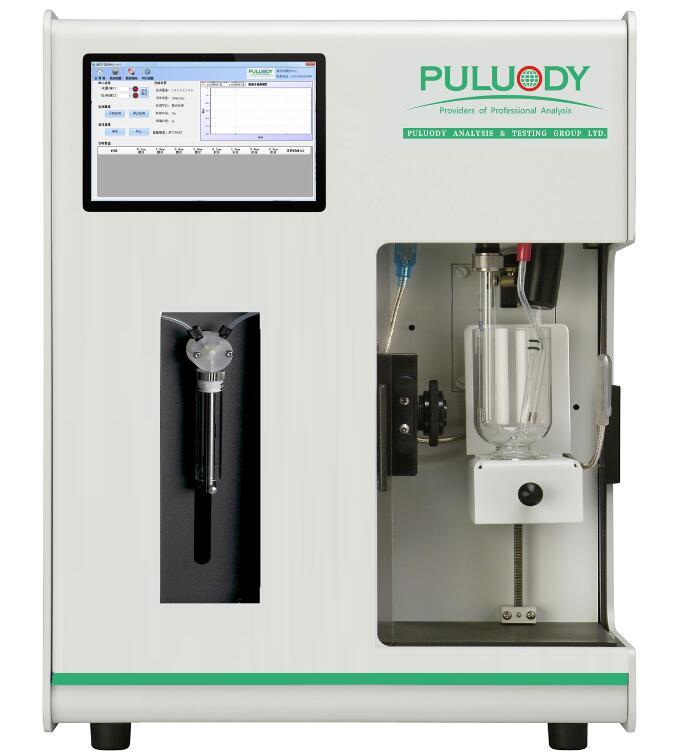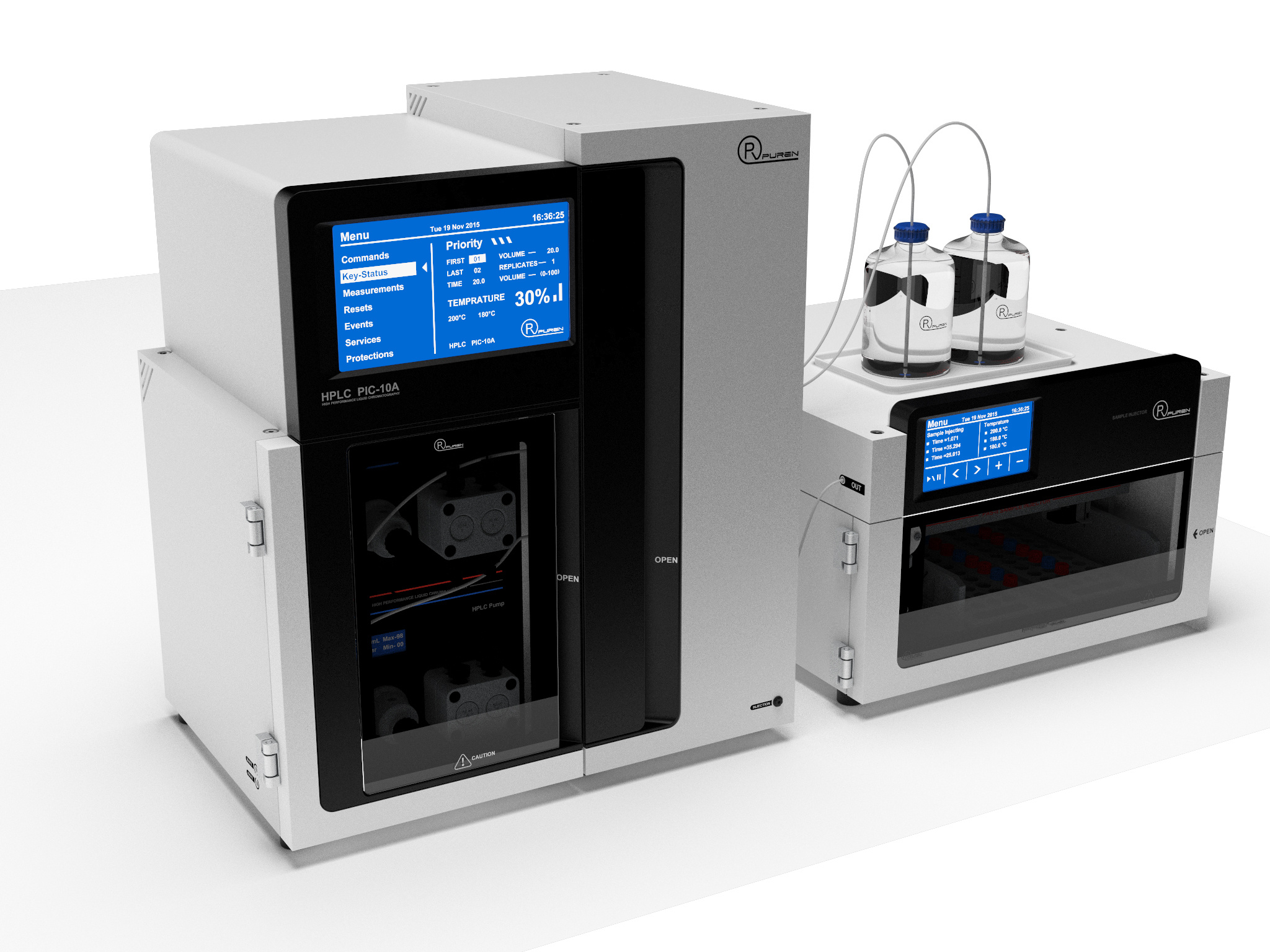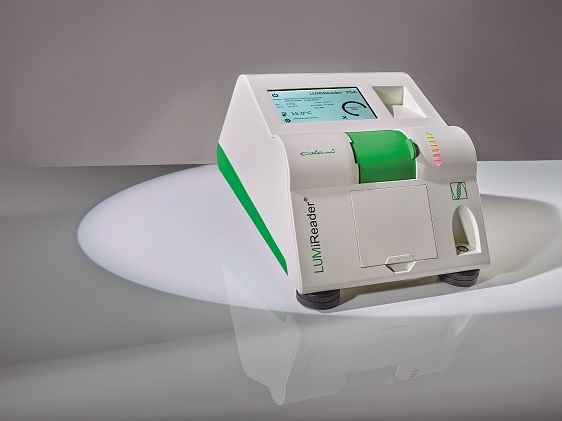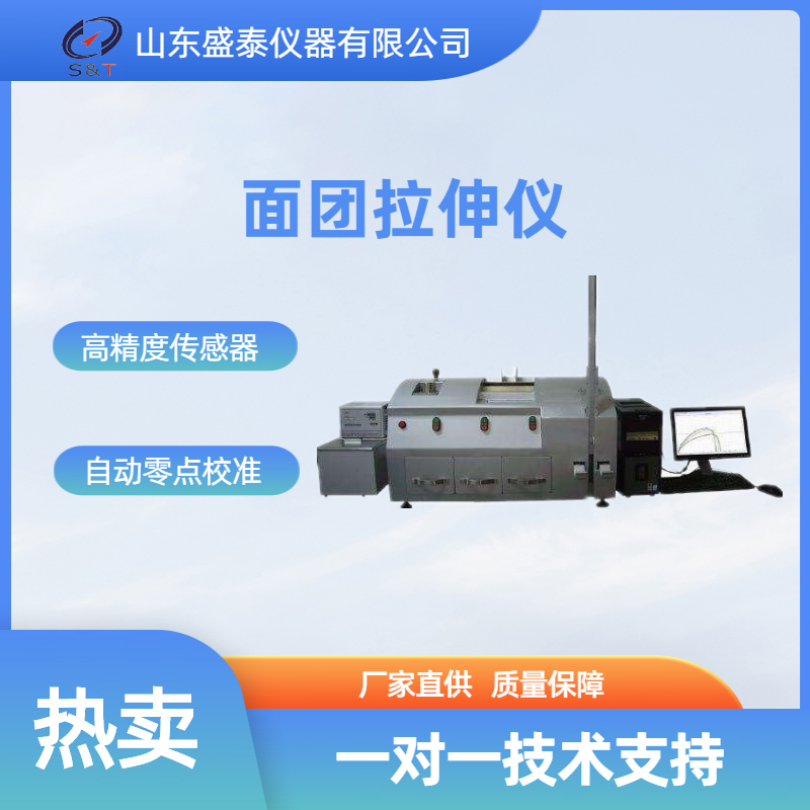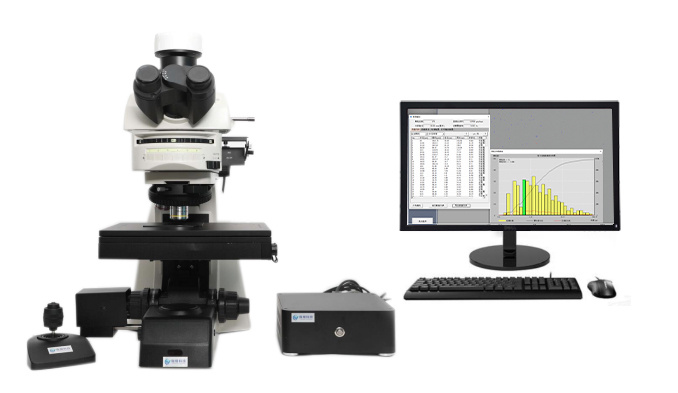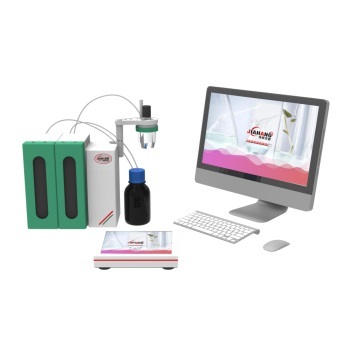肝静脉三支汇合血流动力学的粒子成像测量
Despite rapid advancements in the patient-specifichemodynamic analysis of systemic arterial anatomies, limitedattention has been given to the characterization of majorvenous flow components, such as the hepatic venous confluence.A detailed investigation of hepatic flow structures isessential to better understand the origin of characteristicabnormal venous flow patterns observed in patients withcardiovascular venous disease. The present study incorporatestransparent rapid-prototype replicas of two pediatrichepatic venous confluence anatomies and two-componentparticle image velocimetry to investigate the primary flowstructures influencing the inferior vena cava outflow. Noveljet flow regimes are reported at physiologically relevant meanvenous conditions. The sensitivity of fluid unsteadiness andhydraulic resistance to multiple-inlet flow regimes is documented.Pressure drop measurements, jet flow characterization,and blood damage assessments are also performed.Results indicate that the orientation of the inlets significantlyinfluences the major unsteady flow structures and power losscharacteristics of this complex venous flow junction. Comparedto out-of-plane arranged inlet vessel configuration, theinternal flow field observed in planar inlet configurations wasless sensitive to the venous inlet flow split. Under pathologicalflow conditions, the effective pressure drop increased asmuch as 77% compared to the healthy flow state. Experimentalflow field results presented here can serve as abenchmark case for the surgical optimization of complexanatomical confluences including visceral hemodynamics aswell as for the experimental validation of high-resolutioncomputational fluid dynamics solvers applied to anatomicalconfluences with multiple inlets and outlets.
